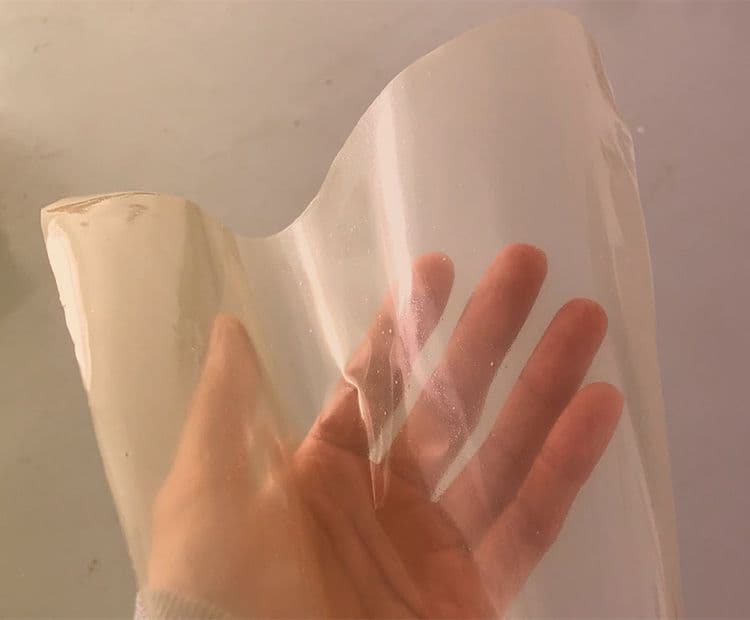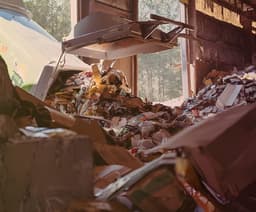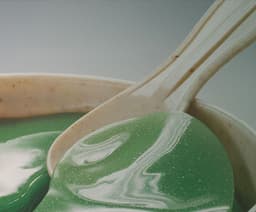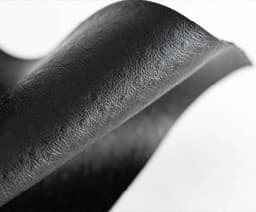Separated by materials below:
Fiber - Top Priorities:
Dry molded fiber bottle coatings that maintain shelf life (high moisture barrier, grease resistance) and recyclability.
Barrier-forming fiber structures with moisture and oxygen resistance, compatible with fiber recycling.
Fiber primary packaging (bottles, pouches, pods, trays) that are recyclable or repulpable at scale with lower CO₂ footprint compared to existing options.
Fiber-based multipacks and multi-cycle reusable carton packaging.
Fiber - Other Areas of Interest:
- Carton coatings to extend shelf life without disrupting recycling streams.
- Secondary & tertiary packaging: Developing stretch paper fiber as alternative to plastic for grouping solutions.
—
Plastic - Top Priorities:
Food-grade recycled plastics (rPP, rPE) and food contact plastics with >10% recycled content. Require a high moisture barrier.
Shrink-wrap alternatives that are not made from plastic.
Sachet film technology for improved recyclability, biodegradability, compostability, as well as safe leakage to nature.
Replacements for non-recyclable components, including:
Nylon barriers in PET bottles and Bag-in-box bags.
Plastic blister packaging.
Plastic - Other Areas of Interest:
- Alternatives to disposable plastic cups and multilayer pouches to ensure recyclability.
- PET bottle ultra-lightweighting, focused on optimization beyond simple gram reduction. Beyond simple weight reduction, focusing on optimization to minimize material usage by technology / process & material properties.
- High PCR ring carriers or sustainable ring carrier material replacement.
- Stretch film from recycled plastic (used for transport of pallets with finished SKUs).
- Reusable packaging for SKU transportation: an alternative for stretch film or hoods that we can reuse when we transport our finished good SKUs to the customers.
- Food-grade recycled plastics (rPP, rPE) and food contact plastics with >10% recycled content. If it is focused on the liner of the crown corks, otherwise we do not have plastics that are in direct contact with food.
- HDPE Bottle Ultra-Light Weighting: Beyond simple weight reduction, focusing on optimization to minimize material usage by technology / process & material properties.
—
Metal (Aluminum/Steel) - Top Priorities:
Returnable and refillable aluminum containers.
“Can of the future” — lid and body from the same alloy for seamless recycling and higher recycled content.
Aluminum purification technologies to improve recyclability and quality.
Metal (Aluminum/Steel) - Other Areas of Interest:
- Decarbonated aluminum material: Beyond simple weight reduction, focusing on optimization to minimize material usage by technology / process & material properties.
- Can format container: Alternative to aluminum considering the design for recycling (>70%) fit for aqua-drink and natural & mineral water.
—
Glass - Top Priorities:
Anti-scuff coatings for returnable bottles to extend bottle life.
Glass strengthening technologies that enable super lightweighting.
Glass - Other Areas of Interest:
- Decarbonated glass material: Glass containers (water & dairy) will have a positive impact on CO2 footprint by using new technology / process & material properties.
—
Other Top Priorities:
Palletization improvements, including stretch film alternatives while maintaining load stability.
eCommerce-ready packaging that reduces overpacking and uses high recycled content [protective packaging that prevent melting/keeps product cool].
Label-free visual branding technologies, such as multi-color, high-contrast direct digital printing and laser marking.
Use of novel materials and technologies (aluminum, steel, glass, paper, polymer, glue) to enable lightweighting and material reduction.
Other Areas of Interest:
- Recycled/recyclable secondary and tertiary packaging materials.
- Software or generative AI technologies for lightweight packaging design and sustainable improvement.
- Aluminium Foil Replacement Materials that maintain high moisture barrier and dead-fold properties (must be designed for recycling).
- Systems – sorting, collection and recycling systems.
- Pouches: Monolayer film for water (PET) & dairy products advancing recyclability and biodegradability/compostability.
- AI for recycling (sorting, control, characterization, valorization potential)
- Dissolution recycling technology.
- Alternatives for plastic for flexible packaging like sachets and pouches (including ink, food contact barrier, fiber, ink, adhesives, sealants, and outside barrier).
- Label Alternatives & Multi-Colors/High Contrast Solutions: Exploring label-free packaging options. Beyond traditional labeling, using technologies like direct digital printing and laser marking.
- Alternatives to dairy pots: Technology allows low plastic & low carbon solution as an alternative to dairy classic pots.
- Simulation and analysis of packaging material performance and transportation conditions.



